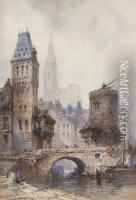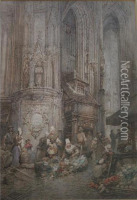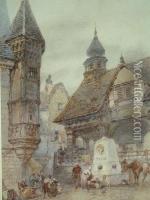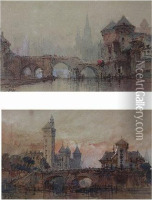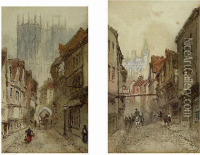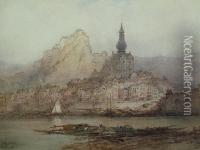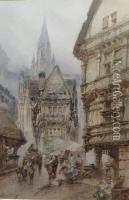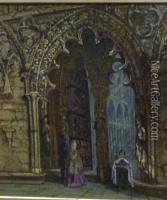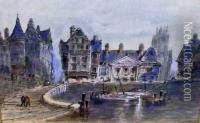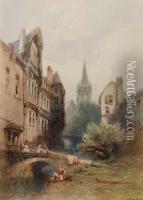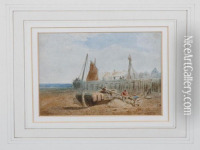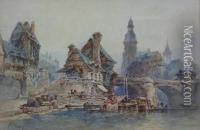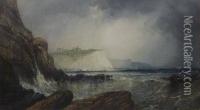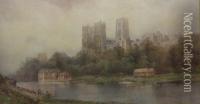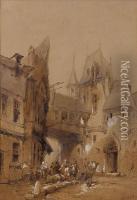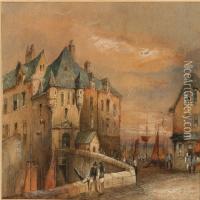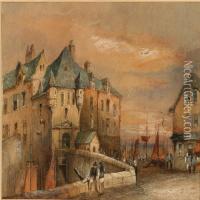Paul Marny Paintings
Paul Marny, born Jean-Paul Marny in 1829 in Dijon, France, was a 19th-century French landscape painter and illustrator known for his watercolors and engravings. Marny was active during a time when many artists were exploring new approaches to landscape painting, and he was influenced by the Barbizon school, which emphasized the beauty and simplicity of nature.
Marny received his artistic training in Paris, where he studied under various established artists. His works often depicted serene rural landscapes, French towns, and occasionally scenes from his travels abroad. He exhibited his artwork at the Paris Salon, an annual art exhibition held in Paris that was the official art exhibition of the Académie des Beaux-Arts in Paris. Marny’s participation in the Salon demonstrated his recognition and integration into the French art scene of his time.
Throughout his career, Marny also contributed illustrations to books and periodicals. These illustrated works helped to disseminate his art to a wider audience and reflected the era's growing interest in printed media.
Paul Marny’s artistry was part of the broader movement in landscape painting that emerged in the 19th century, which included the development of plein air painting and the impressionist movement. Though not as widely known as some of his contemporaries, Marny’s work resonated with the aesthetic values of his time and contributed to the rich tapestry of French landscape art.
The artist passed away in 1914, leaving behind a body of work that, while not as extensively recognized in contemporary times, serves as a testament to the landscape genre and the artistic transitions of the late 19th century.
